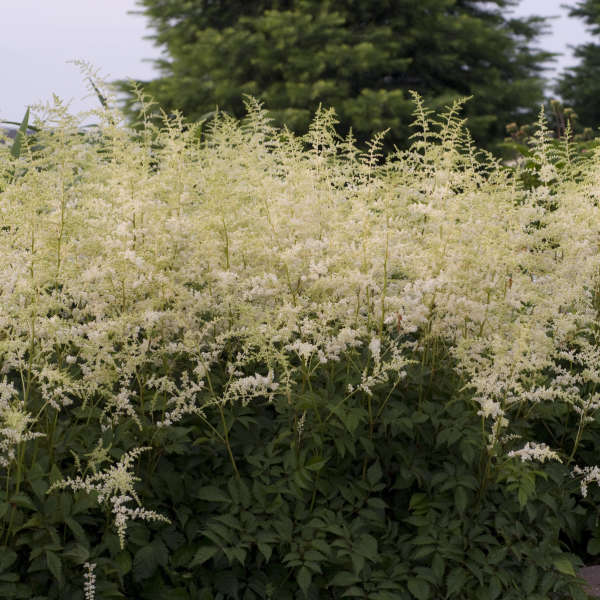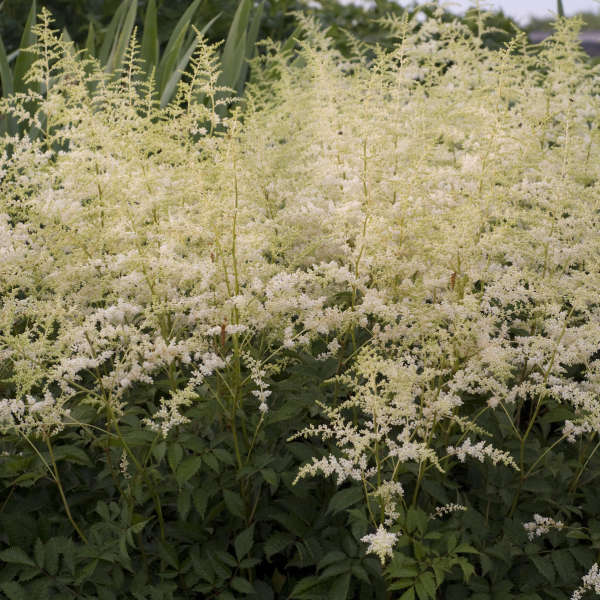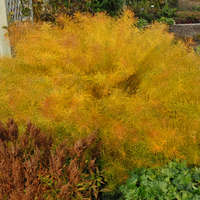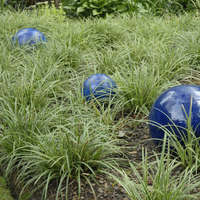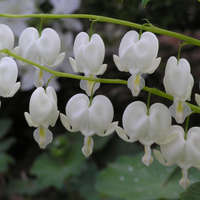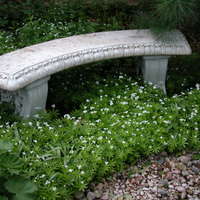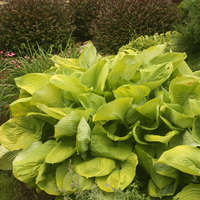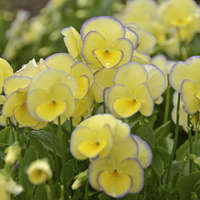Astilbe 'Bridal Veil'
Common Name: Hybrid Astilbe, False Spirea
- The classic white astilbe
- Lacy white panicles gently droop at the tips, lending a frothy look to the clump
- Blooms in early summer
- Deep green, glossy foliage
A member of Astilbe x arendsii (Hybrid Astilbe/False Spirea). A group of hybrids developed by famed German nurseryman George Arends. Includes crosses between A. chinensis var. davidii with A. astilboides, A. japonica, and A. thunbergii. The resulting hybrids comprise over 95% of all Astilbe sold in the USA.
Grade #1 Bare Root |
Grade #2 Bare Root |
